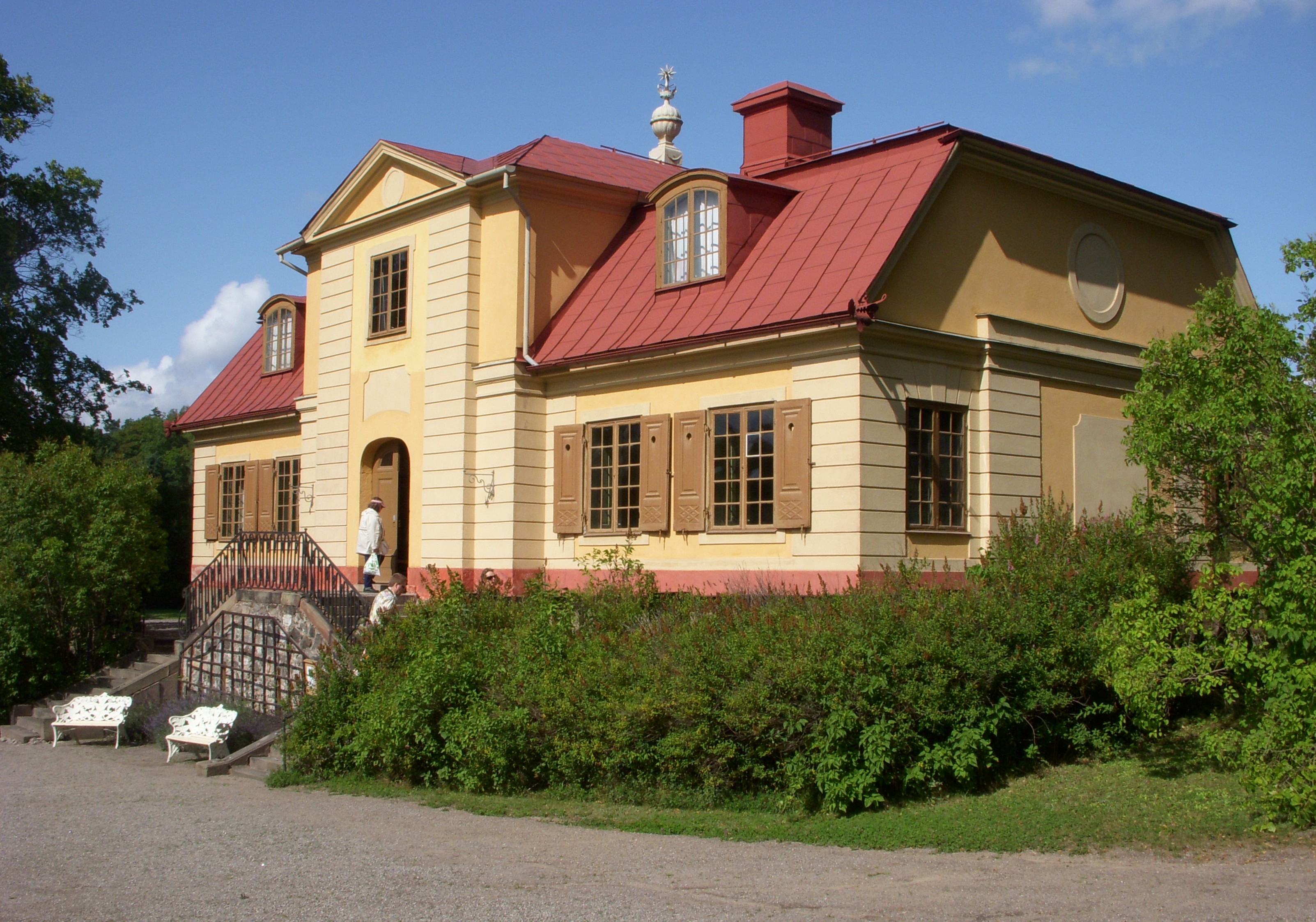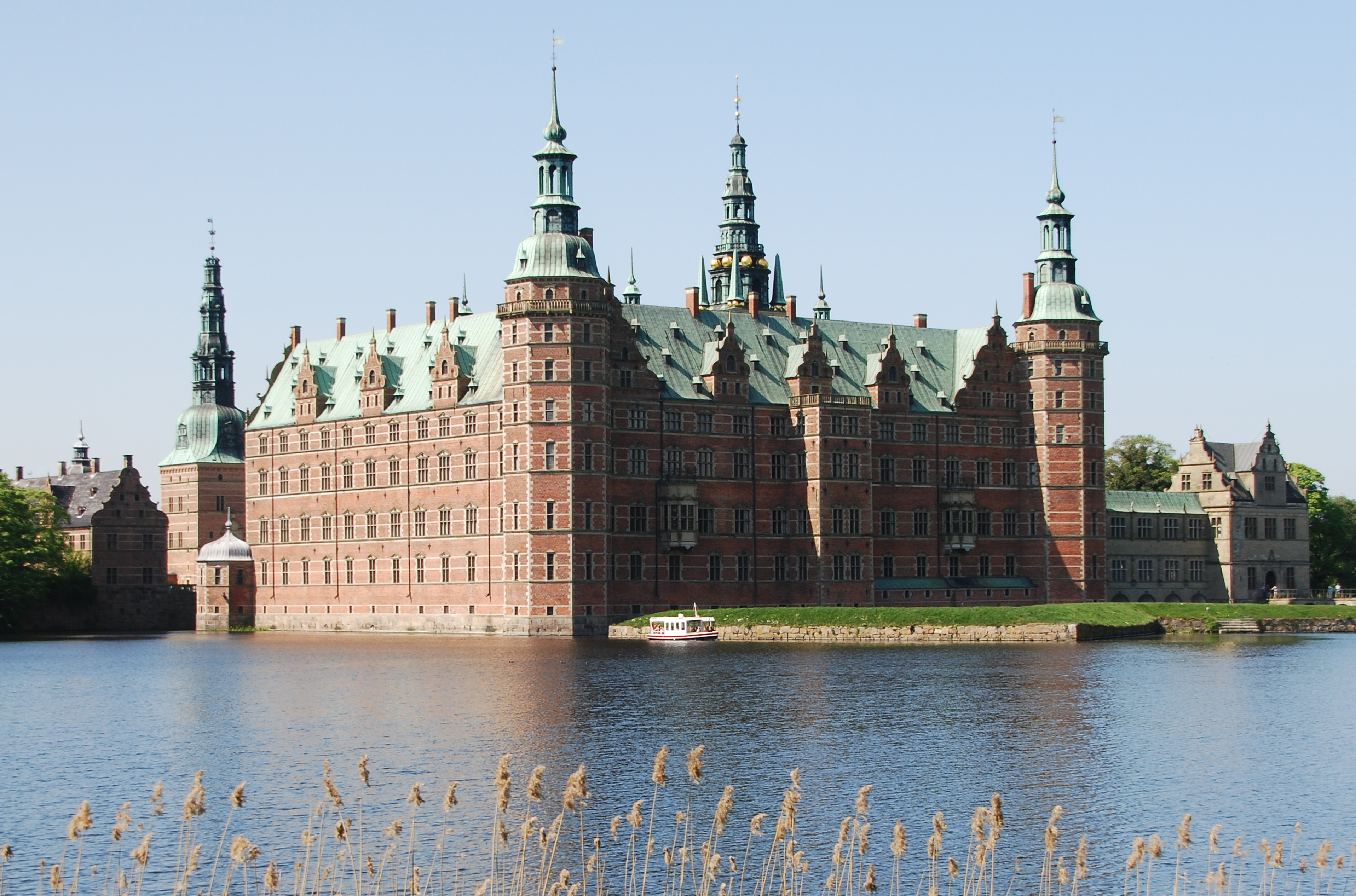|
Nordic Museum
The Nordic Museum ( sv, Nordiska museet) is a museum located on Djurgården, an island in central Stockholm, Sweden, dedicated to the cultural history and ethnography of Sweden from the early modern period (in Swedish history, it is said to begin in 1520) to the contemporary period. The museum was founded in the late 19th century by Artur Hazelius, who also founded the open-air museum Skansen. It was, for a long time, part of the museum, until the institutions were made independent of each other in 1963. History The museum was originally (1873) called the Scandinavian Ethnographic Collection (''Skandinavisk-etnografiska samlingen''), from 1880 the Nordic Museum (''Nordiska Museum'', now ''Nordiska museet''). When Hazelius established the open-air museum Skansen in 1891, it was the second such museum in the world. For the museum, Hazelius bought or got donations of objects like furniture, clothes and toys from all over Sweden and the other Nordic countries; he emphasised the ... [...More Info...] [...Related Items...] OR: [Wikipedia] [Google] [Baidu] |
Djurgården
Djurgården ( or ) or, more officially, ''Kungliga Djurgården'' (), is an island in central Stockholm, Sweden. Djurgården is home to historical buildings and monuments, museums, galleries, the amusement park Gröna Lund, the open-air museum Skansen, the small residential area ''Djurgårdsstaden'', yacht harbours, and extensive stretches of forest and meadows. It is one of the Stockholmers' favorite recreation areas and tourist destinations alike, attracting over 10 million visitors per year, of which some 5 million come to visit the museums and amusement park. The island belongs to the National City park founded in 1995. Since the 15th century the Swedish monarch has owned or held the right of disposition of Royal Djurgården. Today, this right is exercised by the Royal Djurgården Administration which is a part of the Royal Court of Sweden. A larger area of the city, separated from Djurgården proper by Djurgårdsbrunnsviken is Norra Djurgården (''Northern Djurgården''), ... [...More Info...] [...Related Items...] OR: [Wikipedia] [Google] [Baidu] |
Enköping
Enköping is a locality and the seat of Enköping Municipality, Uppsala County, Sweden with 30,000 inhabitants in 2018. Geography Enköping is situated near Lake Mälaren, about 78 km west of Stockholm. A comparably large number of Swedish cities are located in the vicinity of Enköping. The municipal slogan is therefore "Sweden's Closest City". This expression was created in 1965 when it was discovered by a local business that within a radius of 120 kilometers, one finds 38 Swedish cities and a third of Sweden's population. History Near Enköping, there is some of the best preserved rock art from the Bronze Age present in central Sweden. The city of Enköping itself dates its history back to the 13th century but the city itself did not emerge until about 1250. Enköping was then as now situated by the rich farmlands close to lake Mälaren, leading to a wealthy rural population. The city has also always been a major crossroads for commerce, and excellent communications ... [...More Info...] [...Related Items...] OR: [Wikipedia] [Google] [Baidu] |
Tyresö Palace
Tyresö Palace (Swedish: ''Tyresö slott'') is a 17th-century palace in Tyresö, Stockholm County, Sweden, about 25 km south-east of central Stockholm. The construction of the palace began in the 1620s and completed in 1636 by the Lord High Steward (Swedish: ''riksdrots'') Gabriel Oxenstierna. He also constructed the nearby Tyresö Church (Swedish: ''Tyresö kyrka''), which was inaugurated with his own burial in 1641. The palace was inherited in 1648 by Maria Sofia De la Gardie, who had married Gustaf Gabrielsson Oxenstierna, nephew of Swedish Regent and Lord High Chancellor Axel Oxenstierna. Both she and her husband's family were extremely wealthy. Maria Sofia resided in Tyresö Palace, from where she managed her estates around the Baltic Sea, until 1694. Between 1699 and 1737, the writer Maria Gustava Gyllenstierna lived at the palace. During the 1770s the palace was modernized and the first English garden in Sweden was created. Planned by the garden architect Fredri ... [...More Info...] [...Related Items...] OR: [Wikipedia] [Google] [Baidu] |
Nacka
Nacka () is the municipal seat of Nacka Municipality and part of Stockholm urban area in Sweden. The municipality's name harks back to a 16th-century industrial operation established by the Crown at Nacka farmstead where conditions for water mills are good. However, and somewhat confusingly, that spot is not densely populated today and the municipal seat is on land that once belonged to Järla farmstead on the other side of Lake Järla. Events On 9 December 2014, Stockholm police raided a data center in a former bomb shelter under a hill in Nacka municipality. Although it was rumored the raid targeted popular torrent site The Pirate Bay, officials from The Pirate Bay have revealed that this is false. See also * Sickla Köpkvarter Sickla Köpkvarter is a retail park and shopping district located on a redeveloped industrial estate in Nacka, Sweden. It's wholly owned by Atrium Ljungberg — a real estate company headquartered in the area — and consists of several shoppi ... ... [...More Info...] [...Related Items...] OR: [Wikipedia] [Google] [Baidu] |
Svindersvik
Svindersvik is a well-preserved 18th century country residence in Nacka Municipality, Sweden. Svindersvik lies just outside the city limits of Stockholm. It was built in the 1740s for Claes Grill, and today belongs to the Nordic Museum. It is open to the public through guided tours. History Svindersvik derives its name from Johan van Swinderen, a Dutch industrialist who was the first owner of the area; he erected a number of pitch factories in the vicinity in the 1640s. The whole area was bought in 1721 by the brothers Abraham and Carl (Carlos) Grill, members of the Grill family of industrialists. It passed through inheritance to Claes Grill (I), active in the Swedish East India Company in 1736, and it was he who decided to build a country residence on the location. From the outset, it was designed as a country residence and not a permanent home. In this capacity, it is unique for its time and one of the oldest preserved residences in Sweden of this kind. Claes Grill commissione ... [...More Info...] [...Related Items...] OR: [Wikipedia] [Google] [Baidu] |
Södermanland
Södermanland ( or ), locally Sörmland, sometimes referred to under its Latin form ''Sudermannia'' or ''Sudermania'', is a historical province or ''landskap'' on the south eastern coast of Sweden. It borders Östergötland, Närke, Västmanland and Uppland. It is also bounded by lake Mälaren and the Baltic Sea. Södermanland means "(The) Land of the Southern Men", where the "southern men" (''södermännen'') were the people living south of Uppland. Administration The traditional provinces of Sweden serve no administrative or political purposes, but are historical and cultural entities. There is a corresponding administrative Södermanland County. However, the bulk of the population is within Stockholm County. Heraldry The coat of arms was granted in 1560. The arms is represented with a ducal coronet. Blazon: "Or, a Griffin rampant Sable beaked, langued, membered and armed Gules." The same CoA was granted for the county in 1940. Geography Södermanland is situated ... [...More Info...] [...Related Items...] OR: [Wikipedia] [Google] [Baidu] |
Gustav I Of Sweden
Gustav I, born Gustav Eriksson of the Vasa noble family and later known as Gustav Vasa (12 May 1496 – 29 September 1560), was King of Sweden from 1523 until his death in 1560, previously self-recognised Protector of the Realm ('' Riksföreståndare'') from 1521, during the ongoing Swedish War of Liberation against King Christian II of Denmark, Norway and Sweden. Gustav rose to lead the rebel movement following the Stockholm Bloodbath, where his father was executed. Gustav's election as king on 6 June 1523 and his triumphant entry into Stockholm eleven days later marked Sweden's final secession from the Kalmar Union. As king, Gustav proved an energetic administrator with a ruthless streak not inferior to his predecessor's, brutally suppressing subsequent uprisings ( three in Dalarna – which had once been the first region to support his claim to the throne – one in Västergötland, and one in Småland). He worked to raise taxes and bring about a Reformation in Sweden ... [...More Info...] [...Related Items...] OR: [Wikipedia] [Google] [Baidu] |
Frederiksborg Palace
Frederiksborg Castle ( da, Frederiksborg Slot) is a palatial complex in Hillerød, Denmark. It was built as a royal residence for King Christian IV of Denmark-Norway in the early 17th century, replacing an older castle acquired by Frederick II and becoming the largest Renaissance residence in Scandinavia. On three islets in the ''Slotssøen'' (castle lake), it is adjoined by a large formal garden in the Baroque style. After a serious fire in 1859, the castle was rebuilt on the basis of old plans and paintings. Thanks to public support and the brewer J. C. Jacobsen, its apartments were fully restored and reopened to the public as the Danish Museum of National History in 1882. Open throughout the year, the museum contains the largest collection of portrait paintings in Denmark. It also provides visitors with an opportunity to visit several of the castle's state rooms including the restored Valdemar Room and Great Hall as well as the Chapel and the Audience Chamber which were bot ... [...More Info...] [...Related Items...] OR: [Wikipedia] [Google] [Baidu] |
Renaissance Architecture
Renaissance architecture is the European architecture of the period between the early 15th and early 16th centuries in different regions, demonstrating a conscious revival and development of certain elements of Ancient Greece, ancient Greek and Ancient Rome, Roman thought and material culture. Stylistically, Renaissance architecture followed Gothic architecture and was succeeded by Baroque architecture. Developed first in Florence, with Filippo Brunelleschi as one of its innovators, the Renaissance style quickly spread to other Italian cities. The style was carried to Spain, France, Germany, England, Russia and other parts of Europe at different dates and with varying degrees of impact. Renaissance style places emphasis on symmetry, proportion (architecture), proportion, geometry and the regularity of parts, as demonstrated in the architecture of classical antiquity and in particular ancient Roman architecture, of which many examples remained. Orderly arrangements of columns, pi ... [...More Info...] [...Related Items...] OR: [Wikipedia] [Google] [Baidu] |
General Art And Industrial Exposition Of Stockholm (1897)
The General Art and Industrial Exposition of Stockholm of 1897 ( sv, Allmänna konst- och industriutställningen) also known as Stockholm Exhibition or Stockholm World's Fair (''Stockholmsutställningen'') was a World's Fair staged in 1897 in Stockholm, Sweden. Background On December 16, 1893, leading societies in Sweden approached the King with a petition expressing their wish to host an exposition. With royal approval, a commission was appointed and the Government gave formal approval for an exposition of art and industry to be held in 1897. This marked the 25th anniversary of King Oscar's reign. Construction began in 1895 and the Exposition was finally opened on May 15, 1897, by King Oscar II. The 3,722 exhibitors were limited to those from Sweden, Finland, Norway, Denmark, and Russia; even though Canada and Germany tried several times to be allowed to participate. The exhibition site was located on the island of Djurgården, and many of the structures on the western part of t ... [...More Info...] [...Related Items...] OR: [Wikipedia] [Google] [Baidu] |






